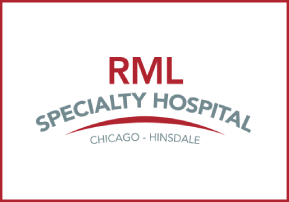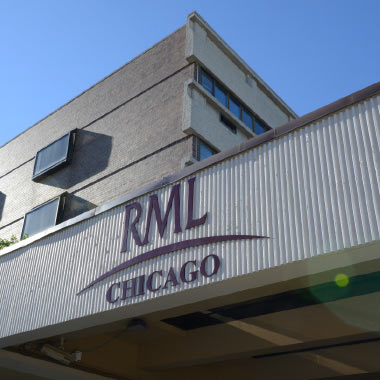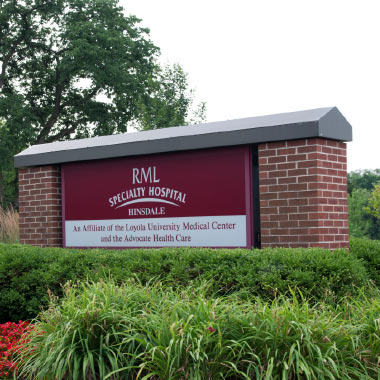Today, nearly eight of ten prescriptions filled in the United States are for generic drugs. The use of generic medications is expected to grow over the next few years as a number of popular drugs come off of patent through 2015.
Here are some facts about generic drugs:
- FDA requires generic drugs to have the same quality and performance as brand name drugs. When a generic drug product is approved, it has met rigorous standards established by the FDA with respect to identity, strength, quality, purity, and potency.
- Generic drugs are required to have the same active ingredient, strength, dosage form, and route of administration as the brand name product.
- Generic drugs do not need to contain the same inactive ingredients as the brand name product.
- The generic drug manufacturer must prove its drug is the same as (bioequivalent) the brand name drug.
- Research shows that generics work just as well as brand name drugs.
- When it comes to price, there is a big difference between generic and brand name drugs. On average, the cost of a generic drug is 80 - 85%lower than the brand name product.
- Generic manufacturers are able to sell their products for lower prices because they are not required to repeat the costly clinical trials of new drugs and generally do not pay for costly advertising, marketing, and promotion.
- FDA monitors adverse events reports for generic drugs. FDA is actively engaged in making all regulated products – including generic drugs – safer.
Please note, this article is for informational purposes only, clarifying myths regarding generic drugs, not endorsing them. Please consult your physician to decide if a generic drug is appropriate for you.
-Smriti Chawla, Pharm.D.





